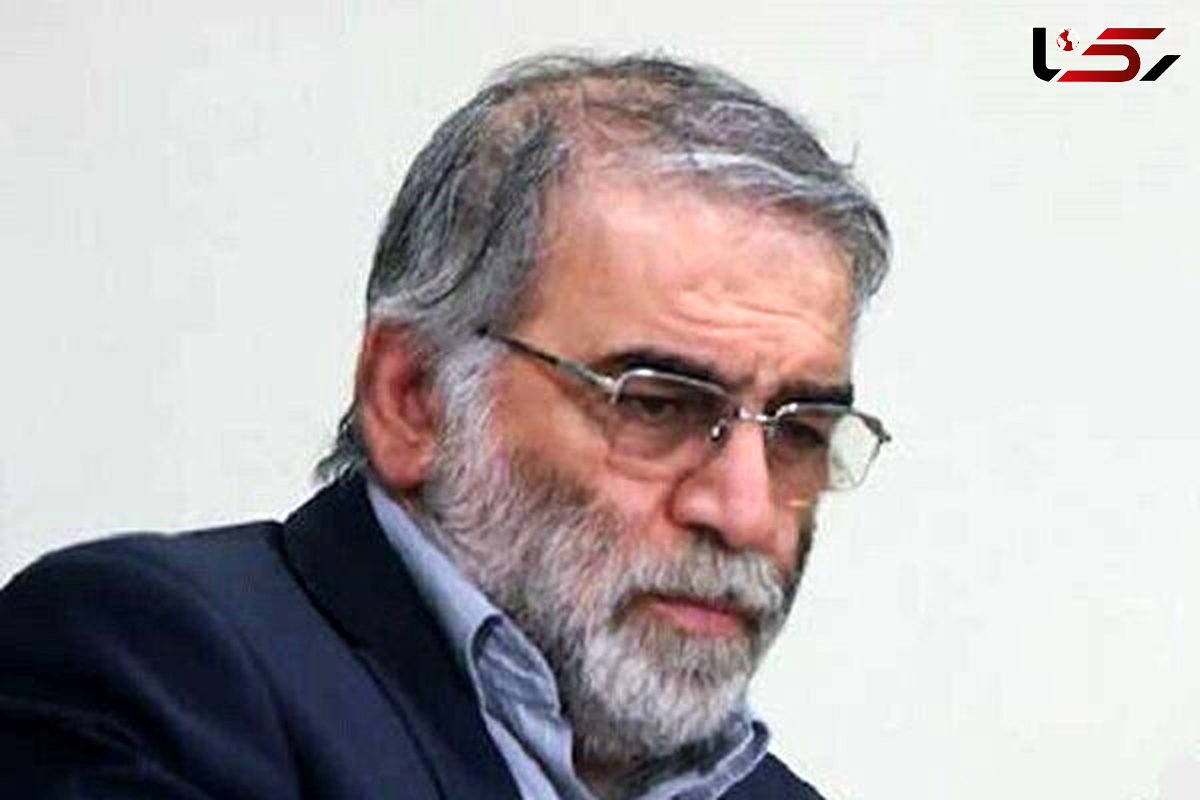"Behind the Scenes of Fakhrizadeh Assassination Revealed"
Rokna Political Desk: Years ago, during a confidential meeting, details were exchanged that would later alter the fate of one of Iran’s most prominent scientific figures—a case whose behind-the-scenes dimensions have now become clearer.

During the recent trial of members of a terrorist group, Simyari, a security affairs expert, presented new documents and details explaining the manner in which this group maintained contact with the enemies of the Islamic Republic of Iran. The central focus of these revelations was the nature of the Mojahedin-e Khalq Organization’s (MEK) links to foreign intelligence services, particularly the Zionist regime, and their role in designing and executing acts of sabotage and terrorism.
Mossad’s Cover Name on the MEK’s Contact List
According to Simyari, in the MEK’s Foreign Relations Headquarters—directed from Paris by Mohammad Seyyed al-Mohaddessin—there exists a list of the group’s “friends,” including intelligence services and certain allied entities.
Within this list, the code name “Doost Aghdasi” (“Friend Aghdasi”) appears as a security designation. Investigations reveal that this cover name in fact refers to the Zionist regime and its intelligence agency, Mossad. Whenever “Friend Aghdasi” sought services from the MEK, direct contact would be established with Seyyed al-Mohaddessin, and the requests would be executed without delay.
The Beginning of Operational Cooperation with Mossad
Simyari further stated that in 2008, the head of the Iran Desk at Mossad held a meeting with MEK representatives—an encounter marking the start of structured and operational cooperation between the two sides. Present at this meeting were two senior MEK members, known by their aliases “Khosrow” (Bijan Rahimi) and “Mahmoud” (Hadi Roshan-Ravan).
The principal topic of the meeting was the exploration of strategies for regime change in Iran and the collection of sensitive intelligence.
Intelligence Missions and Targeting of Nuclear Scientists
According to Simyari, in subsequent meetings held in 2008, Mossad made a specific request to the MEK: to provide detailed information on Iranian nuclear scientists, including email addresses, commuting routes, and contact information.
One month later, in another meeting, the MEK delivered to Mossad officers the identifying information of Martyr Mohsen Fakhrizadeh—information not obtained through direct penetration of the country’s security systems, but rather through telephone interception, cyber surveillance, and exploitation of weak security links.
From Media Exposure to Assassination
According to the security expert’s account, this marked the beginning of Mossad’s project to assassinate Iranian nuclear scientists.
A week before Martyr Fakhrizadeh’s assassination, Alireza Jafarzadeh (alias “Behnam”) held a press conference in the United States, during which he published Fakhrizadeh’s photograph and claimed that he was engaged in building nuclear weapons. Only a few days after this conference, the assassination operation was carried out by Mossad operatives, resulting in Fakhrizadeh’s martyrdom.
Simyari’s revelations indicate that the MEK’s communication model with Iran’s adversaries rests on three main pillars: first, the use of code names and cover identities to protect the identity of supporting intelligence services; second, direct and structured engagement with operational officials of foreign agencies, particularly Mossad; and third, the provision of field and personal information through collection in informal and vulnerable layers of systems.
Send Comments